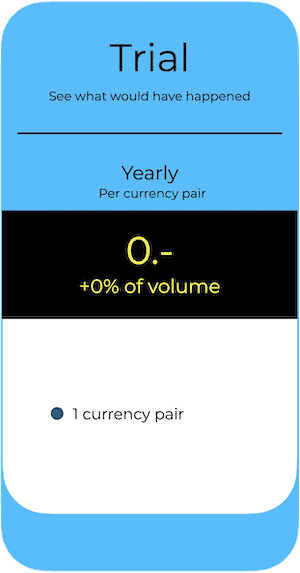100% Tariffs Against China are on the Table
On Friday evening, I returned to Vienna from the Alpbach Financial Symposium. En route, I saw a news report stating that Trump intended to impose 100% tariffs on Chinese exports and cancel the planned meeting with Xi Jinping in 14 days.
The reason for this announcement, and whether it can be relied upon, is not yet clear. The problem is that the Chinese may have the upper hand. A few days earlier, China announced its intention to introduce strict export controls on rare earths. This is probably why Trump reacted so harshly. The reason for the export controls remains unclear. I suspect it is because the Chinese are not willing to accommodate the US to the extent that the US would like.
When I published my third book on Amazon two years ago, it was already clear to me that we were heading into a period of significantly greater volatility. While I didn’t know exactly when the sharp fluctuations would begin, the timing coincided quite precisely with the start of the substantial increase in gold prices.
Since the start of the war in Ukraine, international central banks, particularly those in the Global South, have significantly increased their gold reserves.
The Dispute Between the US and China is Likely to Escalate Further
Even if an agreement were to be reached in the short term, it would only temporarily pause the conflict between China, an emerging power, and the US, the dominant world power.
China will continue to develop, but it faces major economic and domestic challenges due to weak consumer spending.
Trump has his own problems in his own country, yet he still enjoys a surprisingly high level of support. Some of his voters may be wondering why he is trampling on their votes, however.
The US mainly exports energy and food to China, both of which China can obtain from other sources on the global market. Against this backdrop, it is understandable that the US is keen to gain access to the European market. However, US farmers are facing another challenge: the deportation of illegal workers will make it more expensive to find people to harvest crops, assuming there are enough people capable of working in the first place.
With a Weak Labour Market, High Inflation and High Growth, Interest Rate Cuts are Only Adding Fuel to the Fire
Contrary to many reports, the labour market is not weak. Although job applications are declining, layoffs are also decreasing. The lack of ‘illegal workers’ is so noticeable that the number of employees is stagnating (i.e. weak), yet at the same time, companies are not laying off employees (i.e. strong). Retail sales in the US remain strong too, and 70% of economic development depends on consumption. Inflation continues to rise significantly, particularly for services, while real estate prices are falling and goods prices are slowly but surely beginning to rise, although energy prices are already low and likely to fall further.
The inflation target of 2% is unattainable. It is questionable why interest rates should be lowered when unemployment figures are not rising and the economy is growing by 3.8%. If this happens, inflation is likely to increase further, potentially prompting the Fed to reverse its decision again next year.





